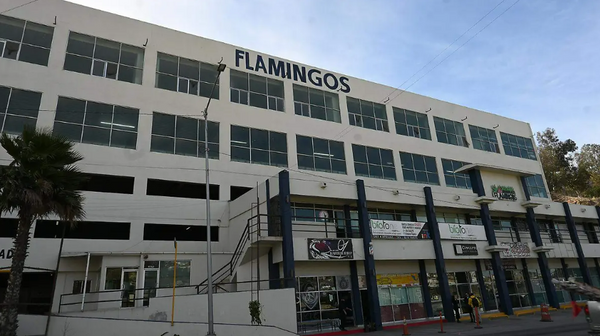
An international team of scientists from France, the United States, Mexico, and Spain has made a groundbreaking discovery on Mars: the detection of the longest carbon-based molecules ever found on the planet's surface.
An international team of scientists from France, the United States, Mexico, and Spain has made a groundbreaking discovery on Mars: the detection of the longest carbon-based molecules ever found on the planet's surface.
The discovery was made using NASA's Curiosity rover, which has been exploring Gale Crater since 2012. In 2013, Curiosity drilled into a rock sample known as "Cumberland" located in Yellowknife Bay, an ancient lakebed within the crater.
From The Lab: France's SOLEIL synchrotron shines light on secrets of matter
Organic molecules
Although initial analyses of the "Cumberland" rock sample yielded no significant results, a recent re-examination using an enhanced heating technique revealed the presence of long-chain organic molecules—specifically alkanes with up to 12 consecutive carbon atoms.
On Earth, such long-chain alkanes are often linked to fatty acids, which are essential components of cell membranes in living organisms.
Their discovery on Mars suggests that complex organic chemistry may have taken place on the planet billions of years ago.
While these molecules can form through non-biological processes, their structural complexity and preservation in 3.7-billion-year-old Martian rock point to a planetary environment once capable of sustaining the formation and stability of organic compounds.
This groundbreaking detection was made using the Sample Analysis at Mars (SAM) instrument aboard NASA's Curiosity rover, which has been exploring the Martian surface since 2012
. Jointly developed by French and American scientists, the SAM instrument analyzes Martian samples with its gas chromatograph and mass spectrometer, allowing it to identify and characterize organic molecules with remarkable precision.
From The Lab: Paris Observatory's role in building the world's biggest telescope
International Collaboration
This discovery was the result of a collaborative effort involving researchers from multiple countries. Caroline Freissinet, an analytical chemist at the French National Centre for Scientific Research (CNRS), led the study.
The team also included scientists from NASA's Goddard Space Flight Center in the U.S., as well as institutions in Mexico and Spain.
Caroline Freissinet spoke to RFI English about the significance of this discovery.







